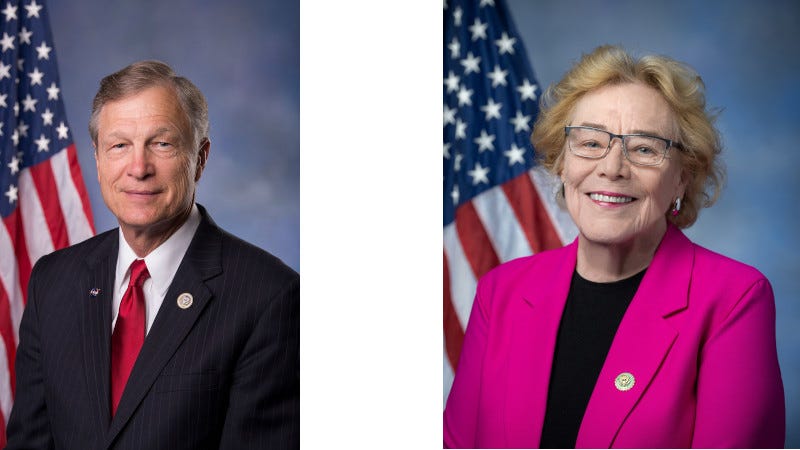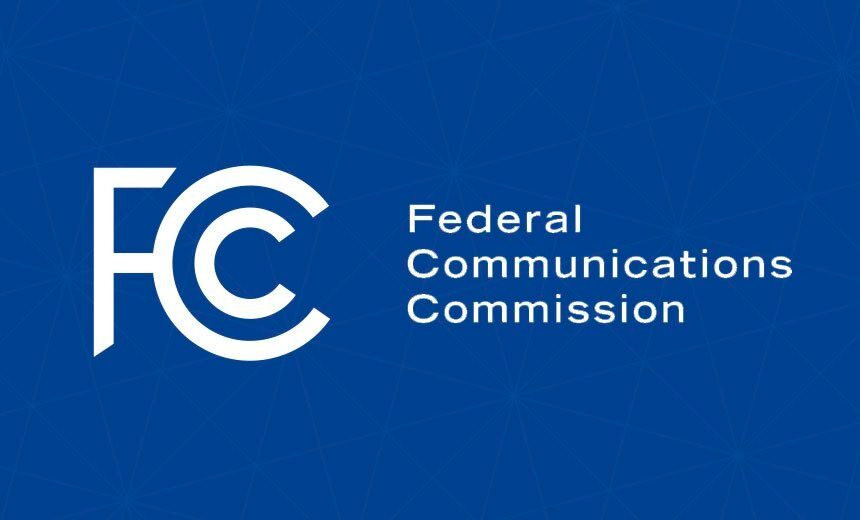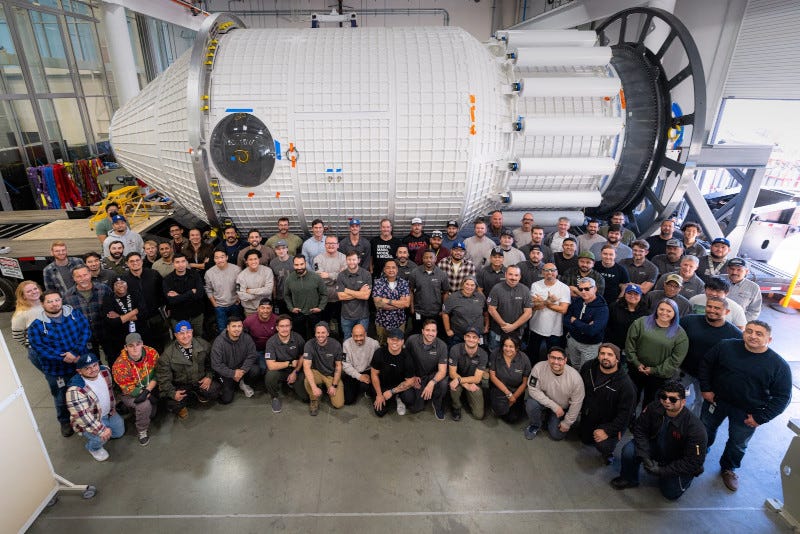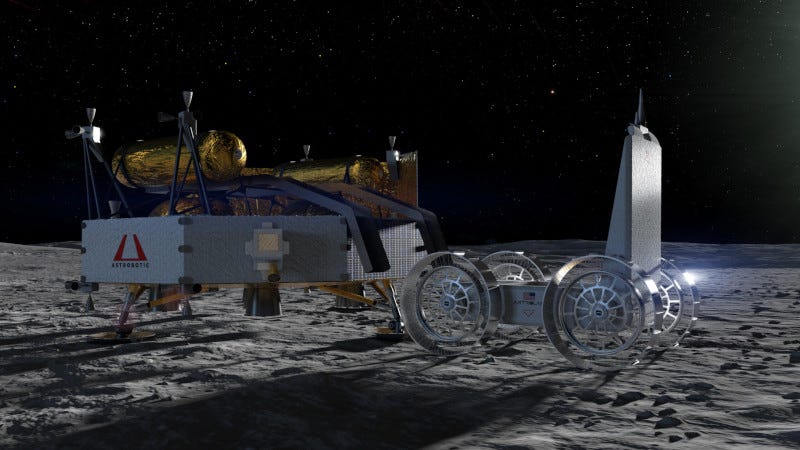House members are requesting a review of the space launch licensing process. Here are some of the top stories this week from The Journal of Space Commerce.
House Science, Space, and Technology Committee Chairman Brian Babin (R-TX) and Ranking Member Zoe Lofgren (D-CA) have sent a letter to the Comptroller General requesting an independent review of the federal processes for licensing commercial launch and reentry activities. The Committee is particularly concerned with the implementation of Part 450 regulations by the Department of Transportation and whether it is being carried out effectively and efficiently.
Over the past several years, the Committee has stressed the need for a practical and streamlined licensing system for our nation’s rapidly growing commercial space sector. This is critical to our economic and national interests and essential to upholding our commitment to the highest safety standards.
The FAA released the Streamlined Launch and Reentry Regulations in 2020, which created a new vehicle operator license under Part 450 of the Code of Federal Regulations. While Part 450 was intended to expedite the licensing process, it has instead created challenges for industry compliance, often resulting in delays in issuing licenses, which are a roadblock to continued American leadership in the commercial space sector, the letter states.
The members of Congress laid out several considerations for GAO when reviewing the processes.
-0-
Staying in Washington for just a moment, FCC Chairman Brendan Carr has appointed Jay Schwartz as the new head of the agency's space bureau.
Schwartz will serve as Chief of the Space Bureau, which plays a key role in advancing the Commission’s Space Innovation Agenda. It promotes a competitive and innovative global communications marketplace by leading policy and licensing matters related to satellite and space-based communications and activities.
-0-
The Aerospace Safety Advisory Panel, also known as "ASAP", is an advisory committee that reports to NASA and Congress. ASAP issued its 2024 annual report Thursday examining the agency's safety performance, accomplishments, and challenges during the past year.
This year's report reflects the panel's continued focus on NASA's strategies for risk management and safety culture in an environment of growing space commercialization. Specifically, the panel cites its 2021 recommendations for NASA on preparing for future challenges in a changing landscape, including the need to evaluate NASA's approach to safety and technical risk and to evolve its role, responsibilities, and relationships with private sector and international partners.
Overall, the panel finds NASA is continuing to make progress with respect to the agency's strategic vision, approach to governance, and integrated program management. The NASA 2040 new agency-wide initiative is working to operationalize the agency's vision and strategic objectives across headquarters and centers. With the establishment of NASA's Moon to Mars Program Office in 2023, it finds NASA has implemented safety and risk management as a key focus for NASA's Artemis campaign.
The 2024 report provides details on the concrete actions the agency should take to fulfill its previous recommendations and spotlights its recommendations for the agency moving ahead. It addresses safety assessments for Moon to Mars and current International Space Station operations, as well as risk-related issues surrounding NASA's planned transition to commercial low Earth orbit destinations.
-0-
The first of many full-scale vehicle test campaigns for the Vast Haven-1 private space station has been completed.
The test was initiated with a decay leak check followed by the proof test. Haven-1 performed as expected with no visual changes observed. The total test duration was 5 hours, with the leak rate remaining within specification for 10 minutes. All strain gauges stayed within acceptable ranges.
Haven-1 successfully passed its primary structure qualification proof test on the first attempt—a critical milestone toward launch. This achievement demonstrates the full proof qualification of a space station pressure vessel in just 15 months from zero aluminum work to a proof-tested structure.
The space station structure was designed, built, and tested entirely in-house by Vast. According to an updated timeline posted on the Internet by Vast, the launch campaign will begin with pre-launch operations at the launch site in April 2026, with launch now planned for May 2026, and the first crewed mission to the Haven-1 space station in June of that year.
-0-
And while NASA searches for a new partner for its VIPER rover, which we told you about last week, its role on the Astrobotic Griffin Mission One (Griffin-1) will be filled by the Venturi Astrolab FLIP rover.
FLIP is an acronym for FLEX Lunar Innovation Platform. The rover will be deployed at the Nobile Region of the lunar south pole.
In July, NASA announced its intent to discontinue the VIPER project due to funding constraints, future budget risks, and lander delays. The NASA CLPS contract to deliver VIPER to the Moon has been modified to serve as a large lander demonstration flight. Astrobotic’s Griffin lander will demonstrate this capability, flying a mass load similar to VIPER to the South Pole region of the Moon. To help achieve this goal, Astrobotic’s Griffin lander will deploy Astrolab’s FLIP rover on the Moon. The rover will demonstrate core components and subsystems used on the company’s large-scale vehicle, the Flexible Logistics and Exploration (FLEX) rover, introduced in 2022.
In 2023, Astrolab announced an agreement with SpaceX to land the commercial FLEX rover on the Moon as soon as December 2026 using its Starship launch and landing system. Astrolab has agreed to a two-year launch window with SpaceX.
-0-
You may also like:

















